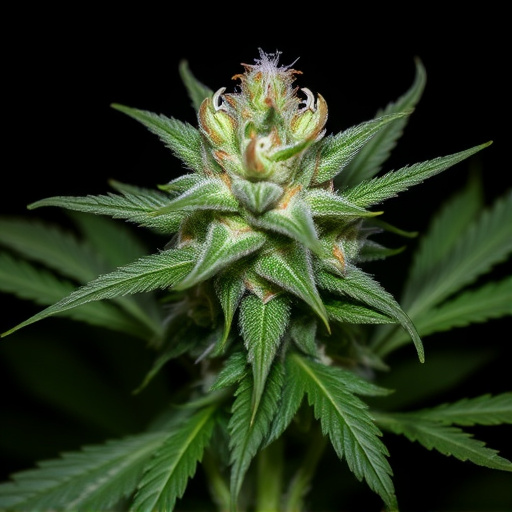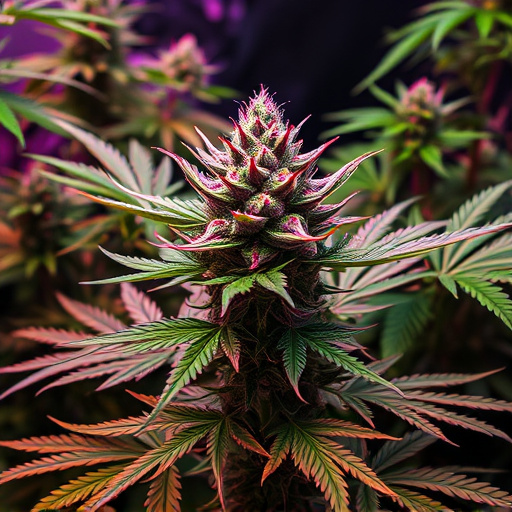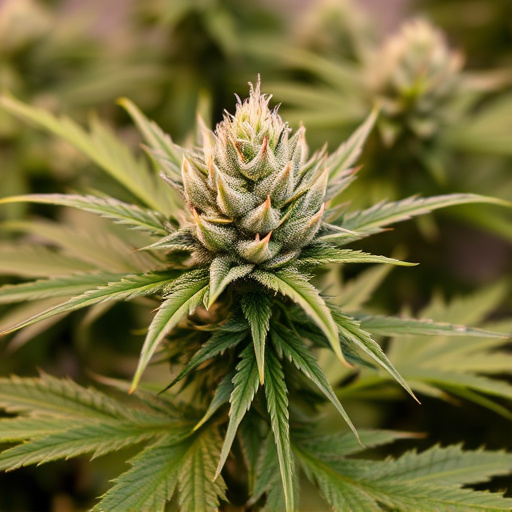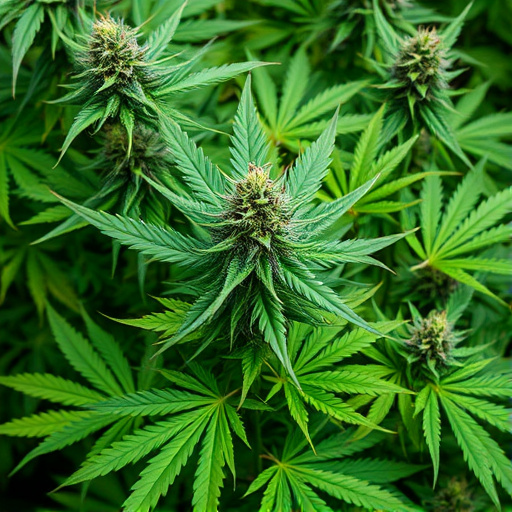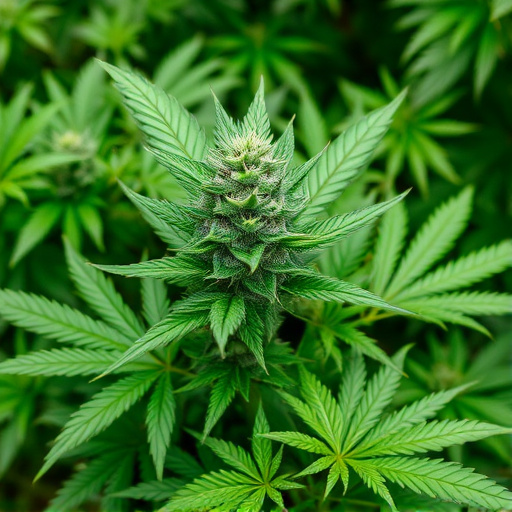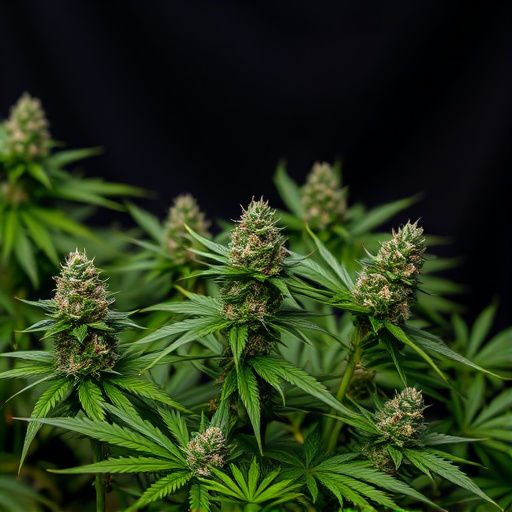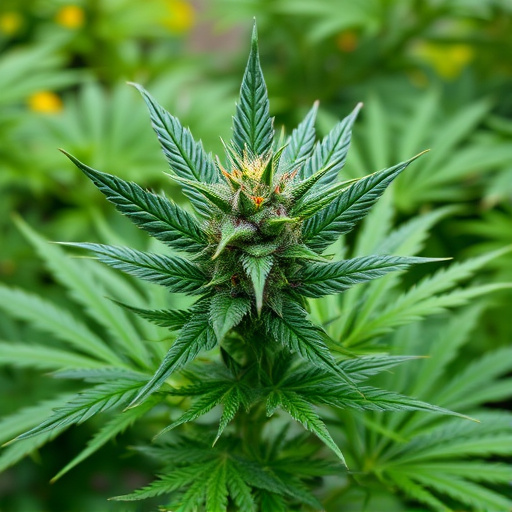Terpenes, aromatic compounds in medicinal cannabis strains, are key to their unique flavors, aromas, and potential therapeutic effects. Specific terpenes like myrcene and limonene have recognized benefits for pain relief, sleep promotion, and mood enhancement. Research highlighting terpene-cannabinoid synergy reveals these volatile oils are crucial for understanding the medicinal properties of various cannabis strains. Environmental factors, influencing a strain's "terroir," significantly impact terpene production, leading to diverse scent profiles even within the same strain grown in different locations.
Unraveling the intricate secrets behind cannabis aroma is a captivating journey into the heart of this ancient plant. In this article, we explore what truly gives medicinal cannabis strains their distinctive scents. From the powerful role of terpenes, natural compounds contributing to flavor and aroma, to the genetic makeup of different strains, each with its unique scent profile. Additionally, environmental factors play a surprising role in shaping these aromatic characteristics, creating a complex interplay that captivates both scientists and enthusiasts alike.
- The Role of Terpenes in Cannabis Aroma
- Genetic Influences on Medicinal Cannabis Strains' Scent Profiles
- Environmental Factors Shaping Cannabis Aromas
The Role of Terpenes in Cannabis Aroma
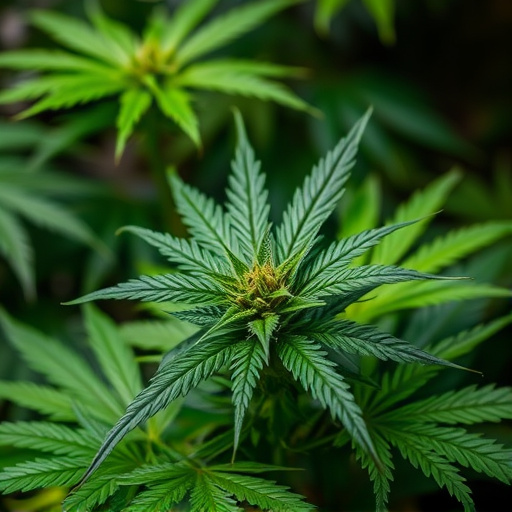
Terpenes play a pivotal role in shaping the unique aroma and flavor profile of medicinal cannabis strains. These aromatic compounds, which are responsible for the characteristic scents we associate with different varieties of cannabis, contribute significantly to its overall experience. Each terpene offers distinct notes that can range from fruity and floral to spicy and woody, creating a complex olfactory landscape.
In medicinal cannabis, specific terpenes have gained attention for their potential therapeutic benefits. For instance, myrcene is known for its earthy, musky scent and has been linked to pain relief and sleep-promoting effects. Limonene, with its citrusy aroma, is believed to enhance mood and reduce anxiety. As researchers continue to explore the synergy between terpenes and cannabinoids, such as THC and CBD, it becomes clear that these volatile oils are integral to the medicinal properties and aromatic appeal of various cannabis strains.
Genetic Influences on Medicinal Cannabis Strains' Scent Profiles

The scent profiles of medicinal cannabis strains are not solely governed by environmental factors but also heavily influenced by their genetic makeup. Each strain carries a unique combination of terpenes, which are aromatic compounds responsible for the distinct smells and flavors we associate with different types of cannabis. These terpenes are produced by the plant as part of its natural defense mechanisms and can vary greatly between strains, leading to diverse aroma profiles.
Genetic diversity among medicinal cannabis strains allows for a wide range of terpene expressions. Breeders carefully select plants with desirable traits, including specific terpene compositions, to create hybrid strains that offer tailored therapeutic effects. This genetic manipulation enables the development of medicinal cannabis strains with enhanced aromas, catering to patients’ preferences while ensuring consistent efficacy.
Environmental Factors Shaping Cannabis Aromas
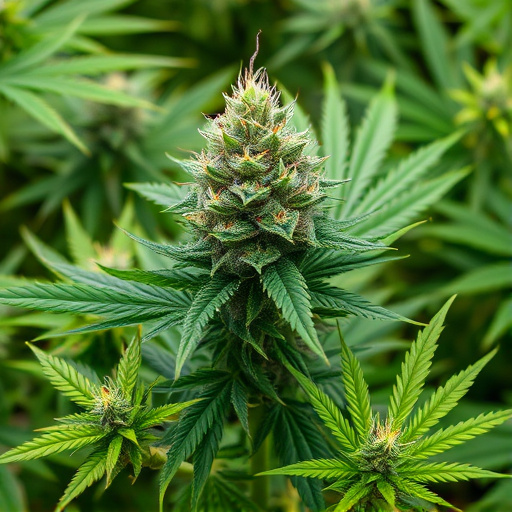
The aromas of medicinal cannabis strains are shaped by a complex interplay of environmental factors, from where the plants are grown to the specific conditions they flourish in. The terroir, or the unique geographical and climatic characteristics of a region, plays a significant role in determining the scent profiles of cannabis. For instance, cannabis flowers grown in areas with rich, diverse soils may exhibit more nuanced aromas due to the variety of nutrients available.
Additionally, factors like sunlight exposure, temperature ranges, humidity levels, and wind patterns influence the plant’s metabolism, leading to variations in terpene production and concentration. Terpenes, responsible for much of cannabis’ distinct scents, are volatile organic compounds that contribute to the diverse aromas across different medicinal cannabis strains. These environmental cues trigger specific metabolic pathways, resulting in the creation of unique aroma profiles that can vary dramatically even among plants from the same strain grown in different environments.
The unique aroma of medicinal cannabis strains is a result of a complex interplay between terpenes, genetic diversity, and environmental conditions. Terpenes act as the primary aromatic compounds, contributing to the diverse scents we experience. Genetic variations among strains play a crucial role in shaping their distinct scent profiles, offering a wide range of olfactory experiences. Furthermore, environmental factors during growth, such as climate and soil composition, significantly influence the development of cannabis aromas, adding another layer of complexity to the overall fragrance. Understanding these determinants is essential for cultivators aiming to breed medicinal strains with specific aroma characteristics tailored to different user preferences.

